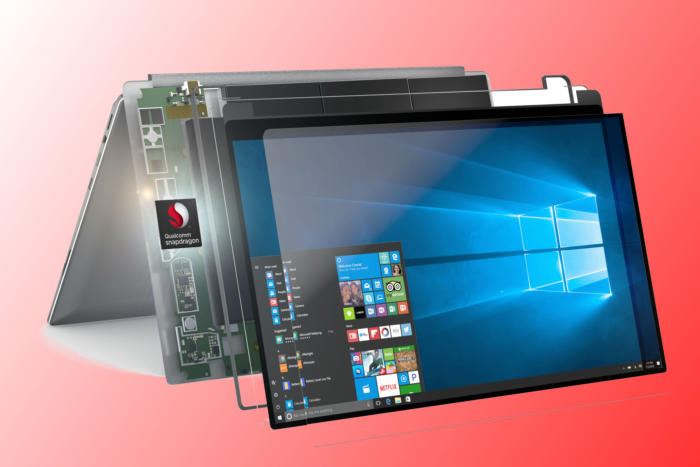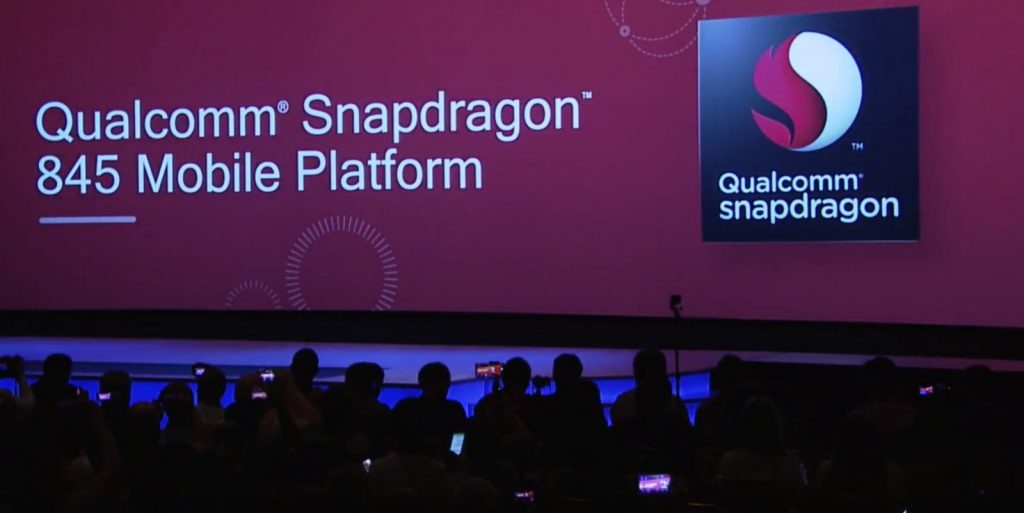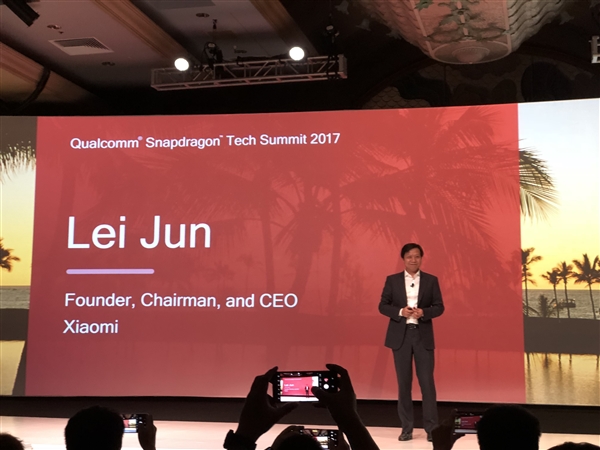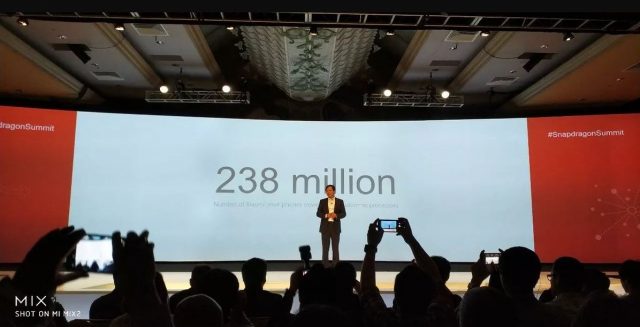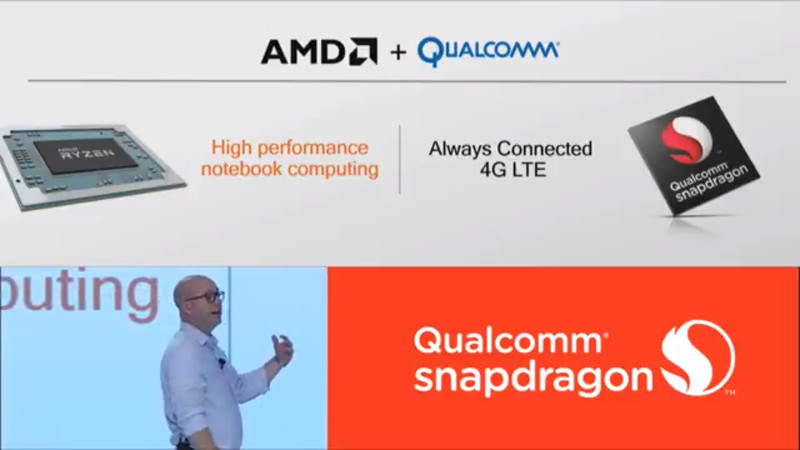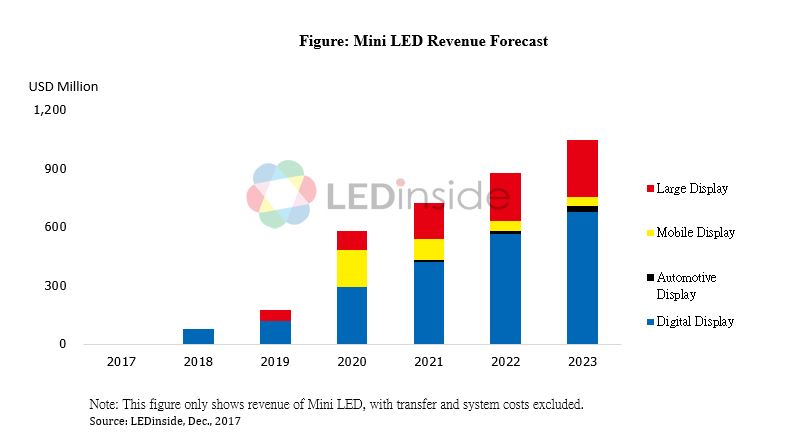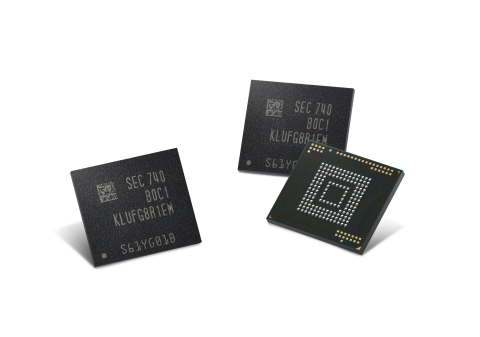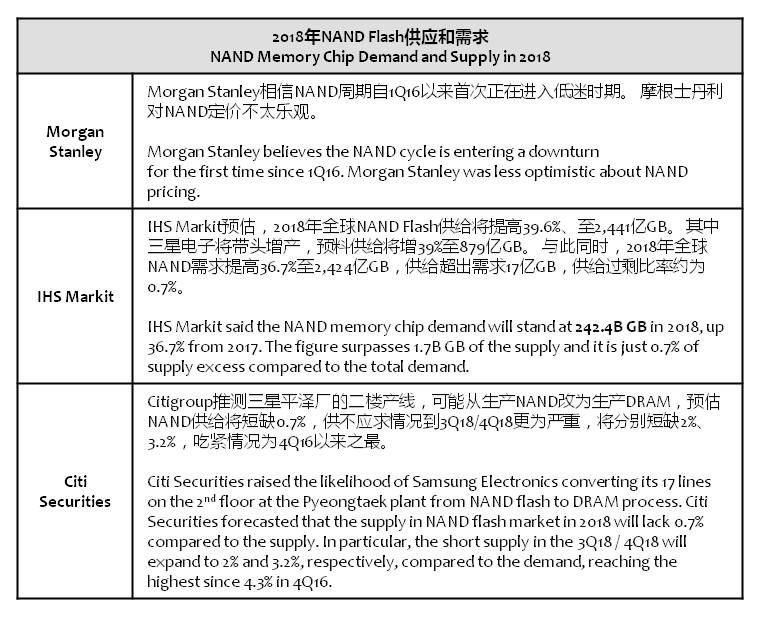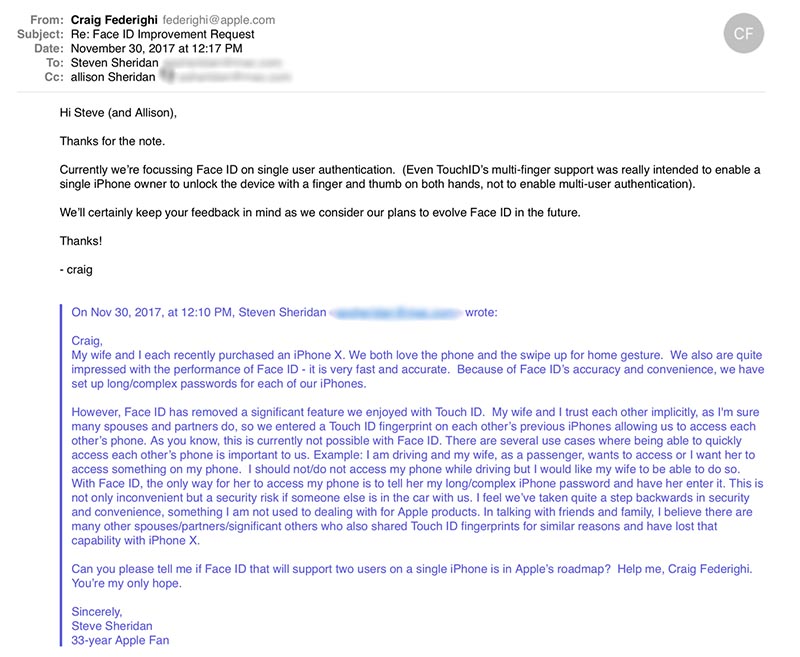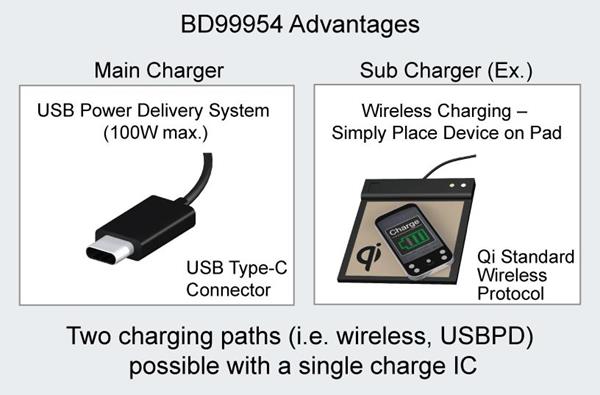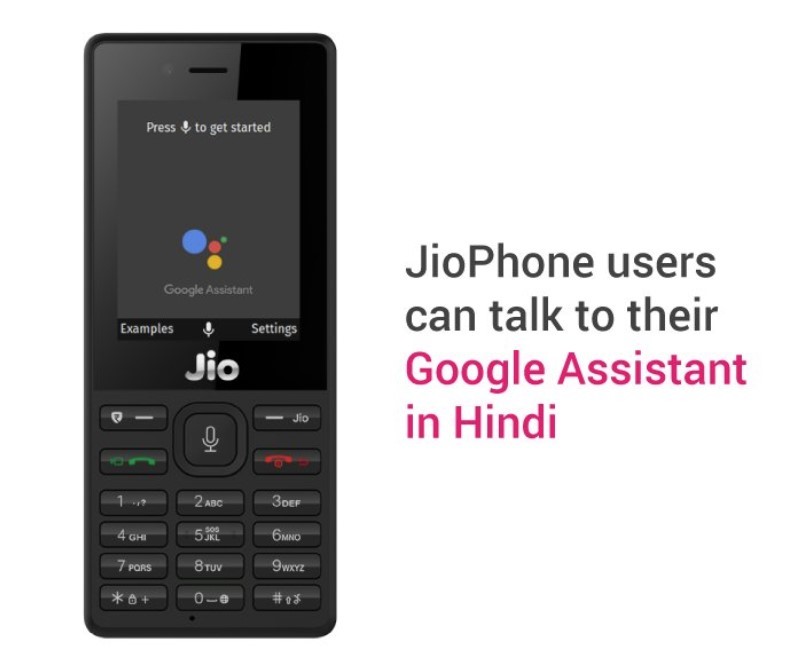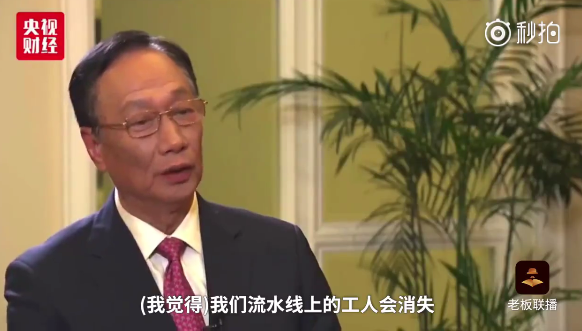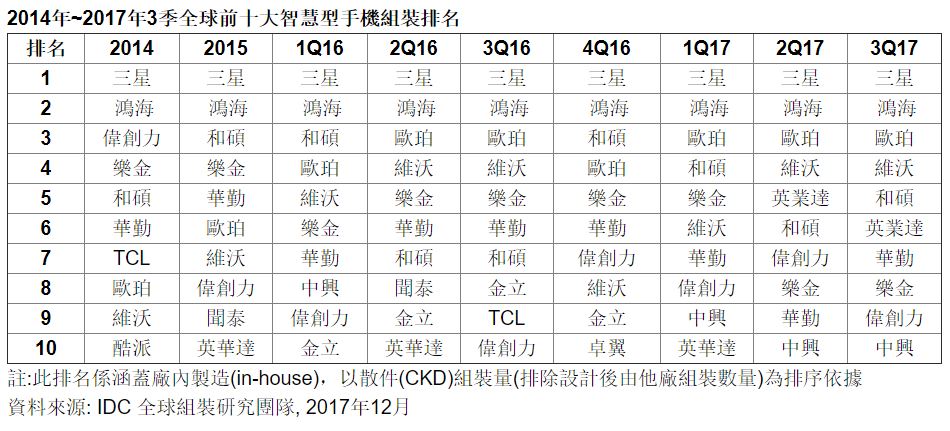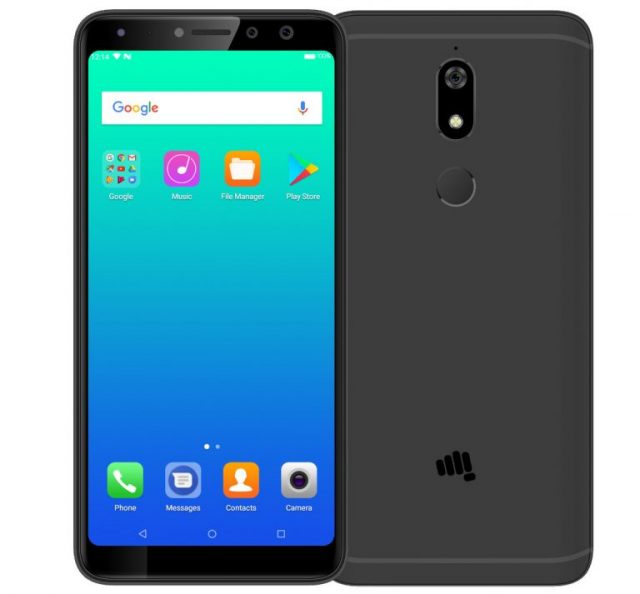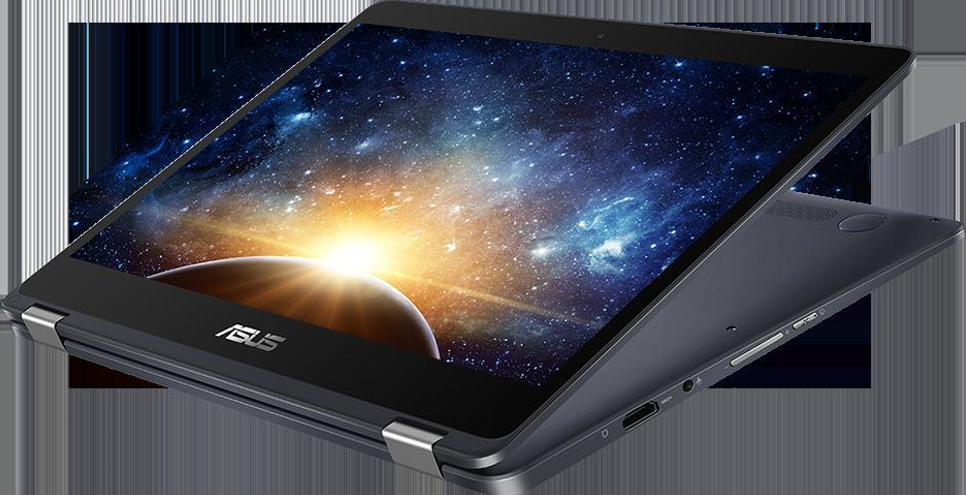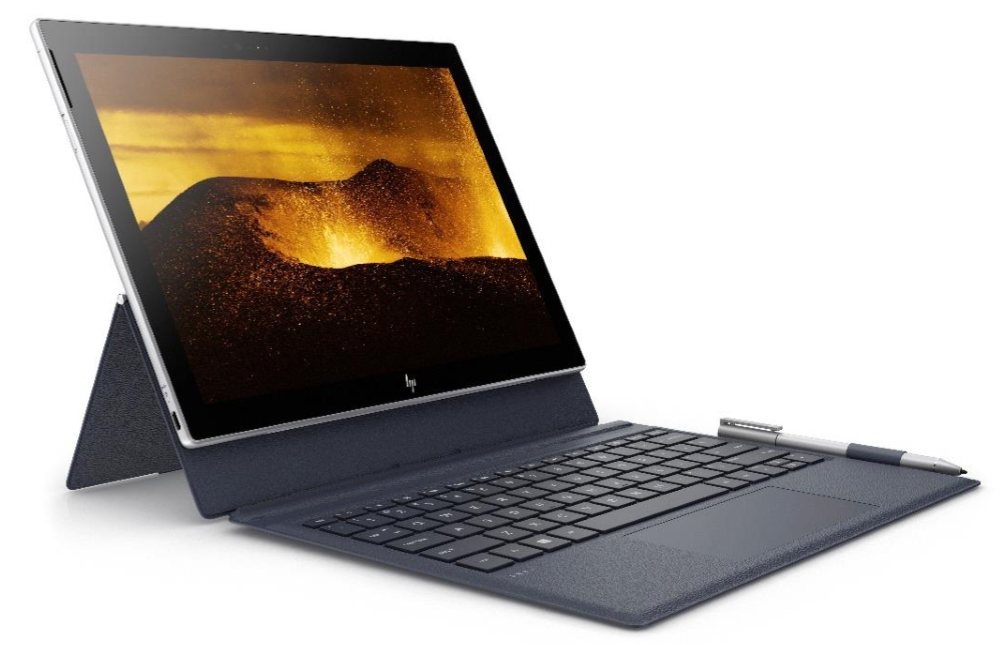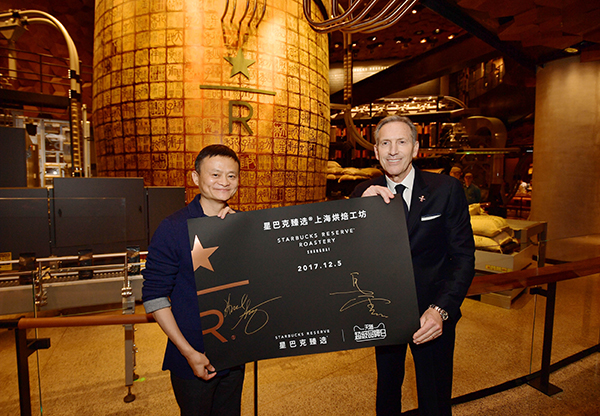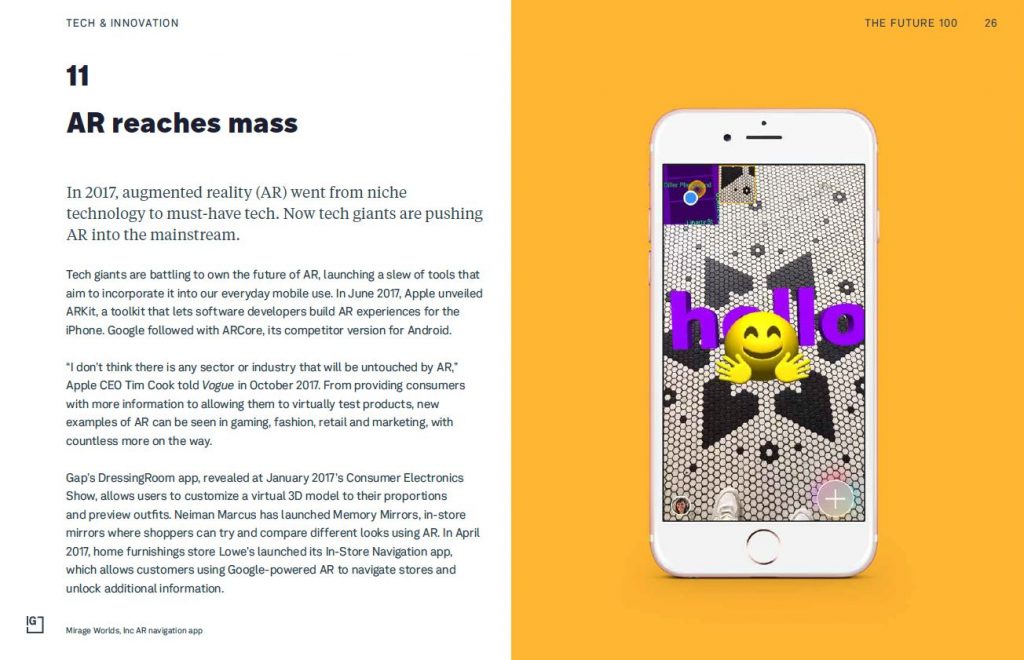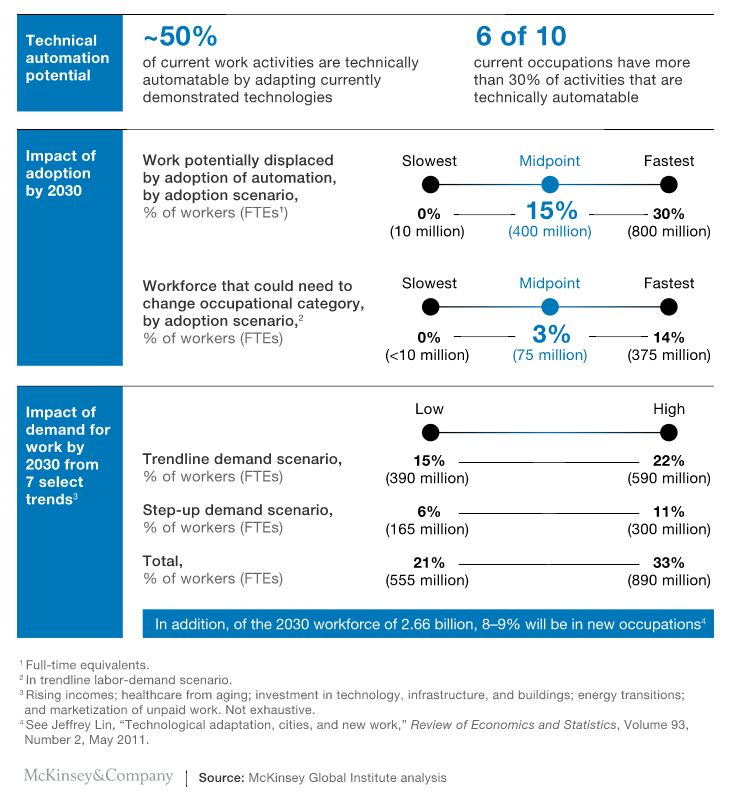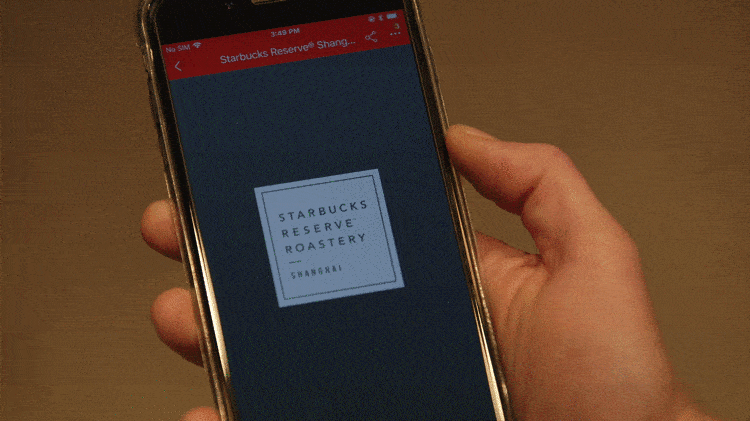
12-06: Microsoft and Qualcomm have announced Always Connected PCs; Qualcomm has announced its next flagship processor the Snapdragon 845; etc.
Chipsets
Dialog Semiconductor has acknowledged for the first time that top customer Apple could develop its own battery-saving chips used in iPhones. Dialog said there was no risk to its existing supply deals in 2018 and it was in the advanced stages of working with Apple on designing “2019-type products” that could lead to commercial contracts by Mar 2018. (Apple Insider, Reuters, Sina, CN Beta)
Microsoft and Qualcomm have announced Always Connected PCs, Windows 10 computers that can turn on instantly, offer built-in LTE connectivity, and feature battery life measured not in hours but in days. (VentureBeat, The Verge, Tencent, Laptop Mag, PC World)
Qualcomm has announced its next flagship processor the Snapdragon 845, which will likely be found in many high-end Android phones in 2018. Snapdragon 835 featured Samsung’s 10nm manufacturing process, and the 845 is expected to be the same. (The Verge, iFeng, CN Beta, TechRadar, Digital Trends)
Xiaomi CEO Lei Jun confirms that the next flagship of Xiaomi will be powered by Snapdragon 845 SoC. (CNET, CN Beta)
Xiaomi CEO Lei Jun has revealed that as of now, 238M units of Xiaomi smartphones are powered by Qualcomm Snapdragon chips. (GizChina, Ynet, iFeng)
AMD has announced that they are working with Qualcomm to bring smooth and fast PC connectivity solutions to AMD’s high-performance Ryzen mobile processors, featuring the world’s fastest processor for ultrathin notebooks. (CN Beta, Engadget, The Verge, Street Insider)
Qualcomm has announced that the company is working with 40 other companies toward deploying consumer 5G by 1H19. It is already testing spec compliance with China Mobile, and expects to see mass adoption sometime in 2020. Qualcomm has estimated 8.6B smartphones that are expected to ship between 2017 and 2021. (CN Beta, Android Headlines, XDA-Developers, Fudzilla)
IBM has announced POWER9 chip, its first POWER9-based server, and support from Google and Department of Energy CORAL. IBM intends to sell the chips to 3rd-party manufacturers and to cloud vendors including Google. It is also releasing a new computer powered by the Power9 chip, the AC922 and it intends to offer the chips in a service on the IBM cloud. (TechCrunch, IBM, Forbes, Next Platform, EE Focus, iFeng)
Touch Display
According to TrendForce, companies can develop Mini LED using their current equipment, with only small changes of manufacturing process. Mini LED has the potential to be adopted for television, mobile phones, automotive display, digital display, etc., with revenue expected to reach USD1B in 2023. In particular, LED digital display and large-size TV will be the mainstream applications of Mini LED. (TechNews, TrendForce, press)
Memory
Samsung has begun mass production of the industry’s first 512GB embedded Universal Flash Storage (eUFS) solution for use in next-generation mobile devices. Utilizing Samsung’s latest 64-layer 512-gigabit (Gb) V-NAND chips, the new 512GB eUFS package provides unparalleled storage capacity and outstanding performance for flagship smartphones and tablets. (Business Wire, Gizmo China, iFeng, 163, Sohu)
There are concerns that the semiconductor market will peak soon and the super boom in memory chips will turn downward afterwards even if the market demand next year maintains at the same level this year as the supply of memory chip manufacturers, including Samsung Electronics, exceeds the demand. (HQEW, Laoyaoba, Business Korea, Morgan Stanley report)
Sensory
Android phones are following Apple iPhone X adopting 3D sensors for facial recognition. Upsream VCSEL chipset is very demanding. Intelligent Epitaxy Technology (IntelliEPI) reveals that there already 5~10 customers looking for them. IntelliEPI expects to ship to Chinese phone vendors in 2Q18, and expects to have phones adopt such technology in 2Q18 / 3Q18. (Laoyaoba, HQEW, UDN)
Biometrics
Apple’s current focus with Face ID is on single-user authentication, suggesting support for multiple faces will not be added in the near future, according to an email from the company’s software engineering chief Craig Federighi. Apple says Face ID has a one in 1,000,000 chance of a false match, compared to one in 50,000 for Touch ID, although the probability is higher among identical twins, siblings who look alike, and children. (Laoyaoba, Mac Rumors)
Battery
ROHM has announced the availability of dual-input boost-buck charging ICs that support 1~4 battery cells for notebook PCs, smartphones, and power banks that utilize the latest charging technologies such as wireless and USB Power Delivery (USBPD). (Laoyaoba, Globe Newswire)
Smartphones
IHS Markit says that Apple iPhone X hit 2% of the active installed iPhone base within 3 weeks of its first availability. In 4Q17, IHS Markit forecasts Apple will ship 88.8M iPhones – this will be the greatest number of iPhones ever shipped in one quarter. Apple will need to ship just 31M iPhone X units for iPhone average selling price (ASP) to exceed USD700 for the first time in the iPhone’s 10-year history. (Digitimes, press, 9to5Mac, Tencent)
Google has launched the Android Go platform for India, and the company has also announced that it is bringing the Google Assistant to Reliance’s USD25 JioPhone. The feature phone made its debut earlier 2017, becoming the first device to be powered by Qualcomm’s 205 Mobile Platform. (Android Central, India Today, Indian Express, Android Authority)
Dubbed Android Oreo (Go edition), the OS is targeted at entry-level devices with 512MB to 1GB of RAM. Google is also rolling out lightweight versions of its apps — Gmail, YouTube, Maps, Assistant, and the like — that are optimized to run on the platform. (Android Central, TechCrunch, 9to5Google, The Verge)
Google has announced that its UPI-based digital payments app, Google Tez, has hit a number of major milestones. Google has revealed that Tez will pass 12M active users in India, and has seen 140M transactions. Google has tied up with more than 70 billing partners for the same. (Android Authority, Business Today, Economic Times, Digit, CN Beta)
Xiaomi is allegedly in talks with investment banks about a possible initial public offering and seeking a valuation of at least USD50B. Kaylene Hong, a Xiaomi spokeswoman, says the company does not comment on IPO matters. (Android Headlines, CNBC, Bloomberg, Android Authority, 91.com)
Morgan Stanley analyst Katy Huberty believes the number of Apple iPhone in China that can be upgraded is 56% higher than in 2015 when the iPhone 7 was launched. As a result, she thinks China could represent 74M iPhone units in fiscal 2018, which is a lot higher than the 41M unit sales in China for the fiscal year ended in Sept 2017. (Investopedia, US News, NASDAQ, TechNews)
According to Barclays analyst Mark Moskowitz, and company shares that in a survey of about 1,000 consumers belonging to the U.S., UK, China, and Germany, 62% of them state that they will upgrade their smartphone in 2018, while 72% of that survey said that they plan on upgrading to a new phone in the next 18 months. Of those planning on buying a new smartphone, 54% planning on choosing Apple iPhone. (9to5Mac, WCCFTech, Pocket Now, CN Beta)
Foxconn chairman Terry Guo indicates that in addition to the workers on the factory pipeline, construction workers, bank accountants, etc. will disappear in 20 years. (My Drivers, UDN, Laoyaoba, Fonow)
According to IDC, even though peak season is coming, in 3Q17 The worldwide smartphone manufacturing industry grew less-than-expected due to the increase in material costs and the digestion of 16:9 mobile handsets, a slight increase of 2.1% and 6% from previous quarter and the same period of 2016, respectively. The shipment increase from Apple, Xiaomi and Lenovo has slightly altered the top-10 assembly ranking. (IDC, 52RD, Laoyaoba)
Micromax Canvas Infinity Pro is launched in India – 5.7” Full Vision 720×1440 HD+ 2.5D curved display, Qualcomm Snapdragon 430 processor, rear 16MP + front dual 20MP-8MP cameras, 4GB RAM, 64GB storage, Android 7.0, 3000mAh battery, INR13,999. (GizChina, NDTV, India Today)
PCs / Tablets
Microsoft and Qualcomm announced Always Connected PCs, Windows 10 computers that can turn on instantly, offer built-in LTE connectivity, and feature battery life measured in days. Partners ASUS and HP announced the first Windows 10 devices powered by Qualcomm Snapdragon chipsets: the ASUS NovaGo and the HP ENVY x2. Lenovo is also working on its own Always Connected PC. (The Verge, VentureBeat, CN Beta, ET Today)
Wearables
A new licensing agreement between Apple manufacturer Quanta and augmented reality parts maker Lumus could potentially lay the framework for Apple’s rumored AR headset. Quanta will manufacture the lenses for Lumus and then have the option to produce the component for leading consumer technology companies, Lumus CEO Ari Grobman said. Quanta led a USD45M investment in Lumus in late 2016. (Bloomberg, Apple Insider, CN Beta)
AirPods will remain one of Apple’s most popular accessories in 2018, with shipments likely to double to an estimated 26M~28M units on a year-over-year basis, according to KGI Securities analyst Ming-Chi Kuo. His prediction implies AirPods shipments will total 13M~14M units in 2017. (Ubergizmo, Mac Rumors, Laoyaoba)
Starbucks will open the Starbucks Reserve Roastery in Shanghai, a 30,000 square-foot retail location. The Roastery includes Starbucks’ first-ever in-store AR experience, built in partnership with Alibaba. Using a custom Roastery smartphone app, customers can walk around the store and point at different features with their smartphone to learn more information. (CN Beta, Sina, iResearch, Geek Wire, Tech In Asia)
Internet of Things
The Innovation Group of JW Intelligence presents “The Future 100: Trends and Change to Watch in 2018”, with snapshot of the year ahead and the most compelling trends to keep on the radar. The Future 100 charts 10 emerging trends across 10 sectors, spanning marketing, culture, travel and more. For “Tech & Innovation” highlights include: AR reaches mass, Internet of Eyes, Internet of Ears, Femtech revolution, 5G, Manufacturing 2.0, The next billion digital, etc. (JW Intelligence, report)
McKinsey assesses the number and types of jobs that might be created under different scenarios through 2030 and compares that to the jobs that could be lost to automation. In about 60% of occupations, at least one-third of the constituent activities could be automated, implying substantial workplace transformations and changes for all workers. McKinsey estimates that 400M~800M individuals could be displaced by automation and need to find new jobs by 2030 around the world. (McKinsey, report, Newsmax, CN Beta)
